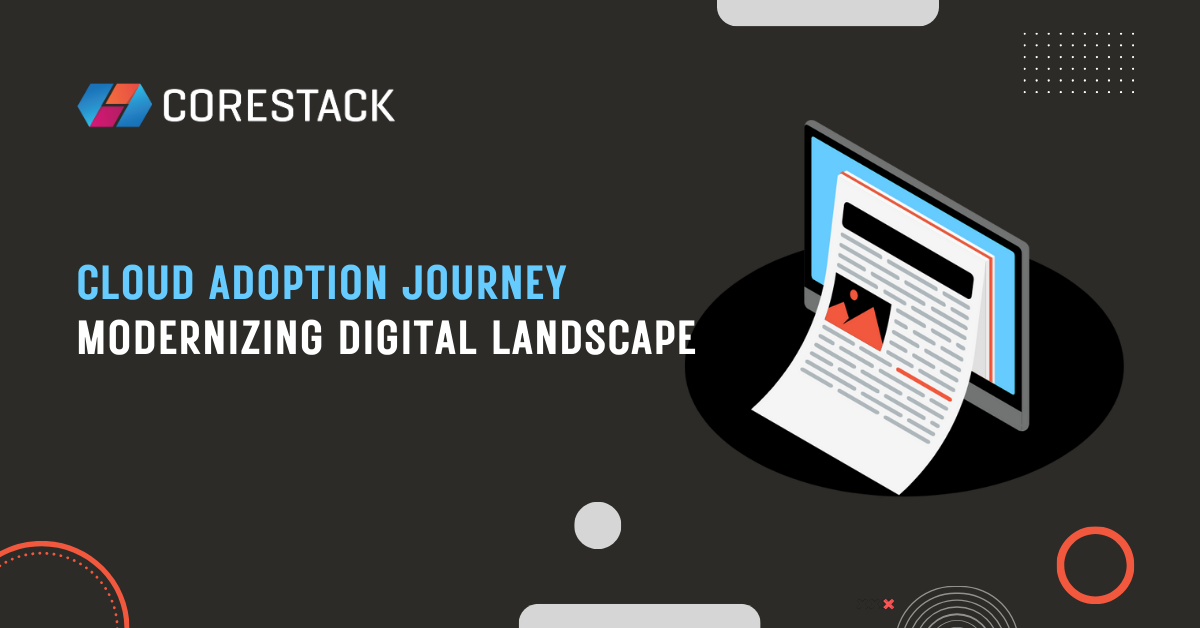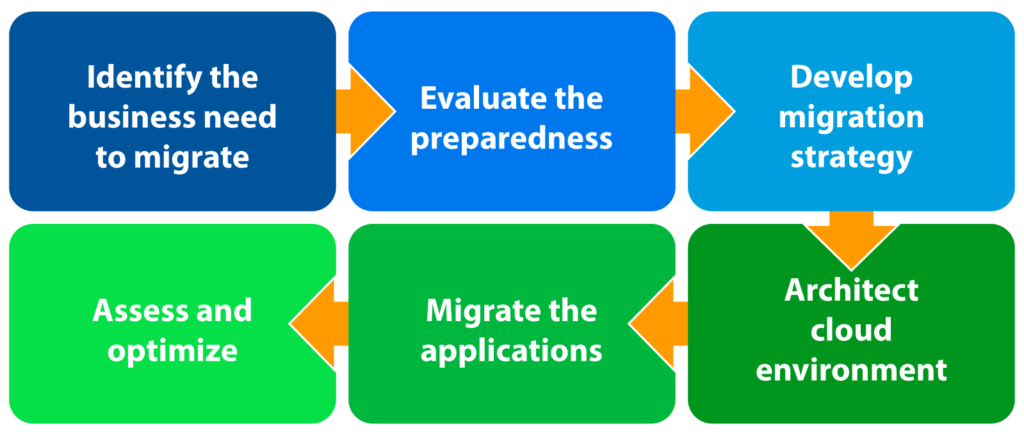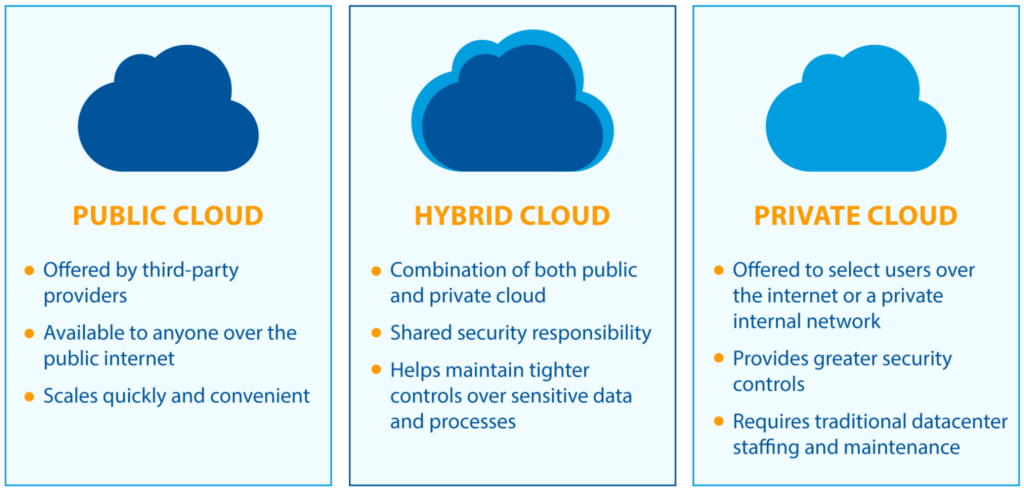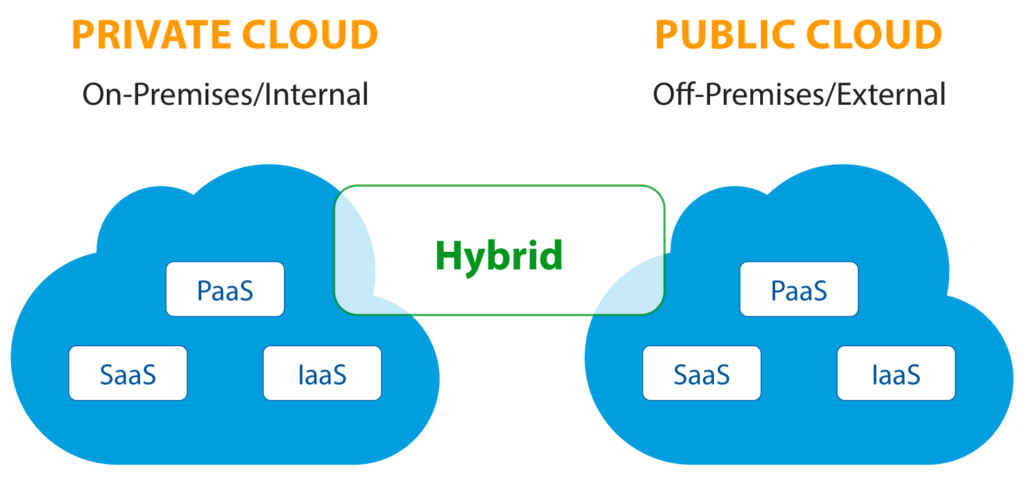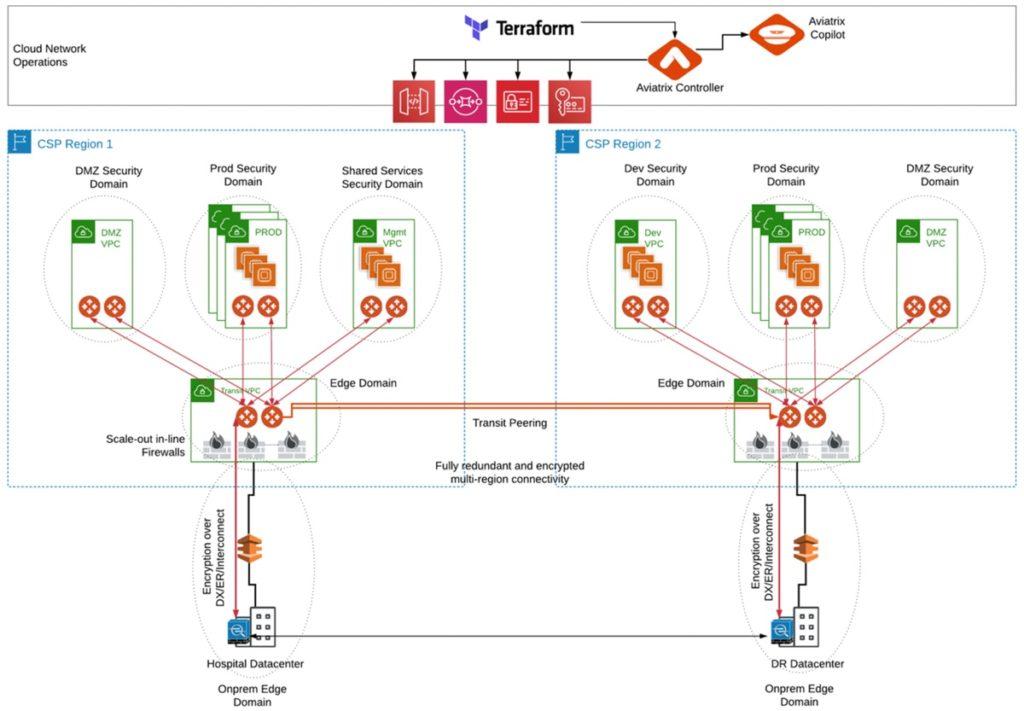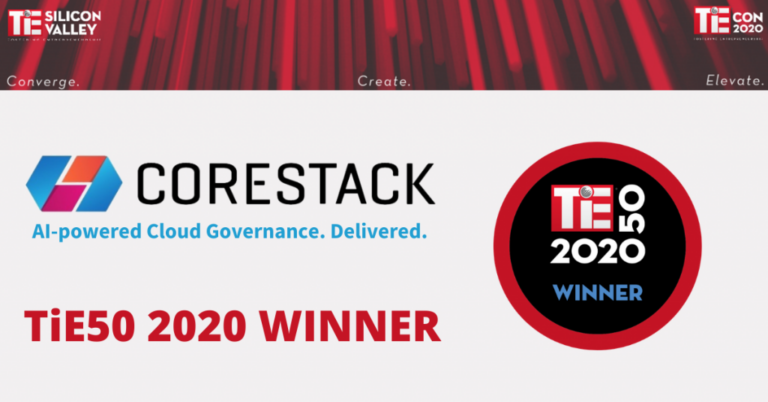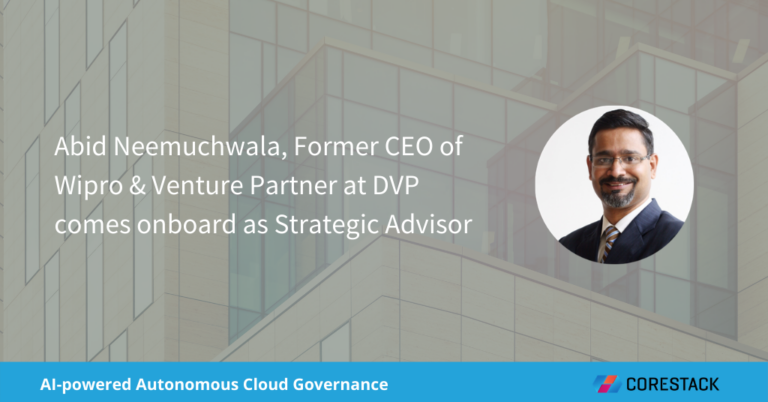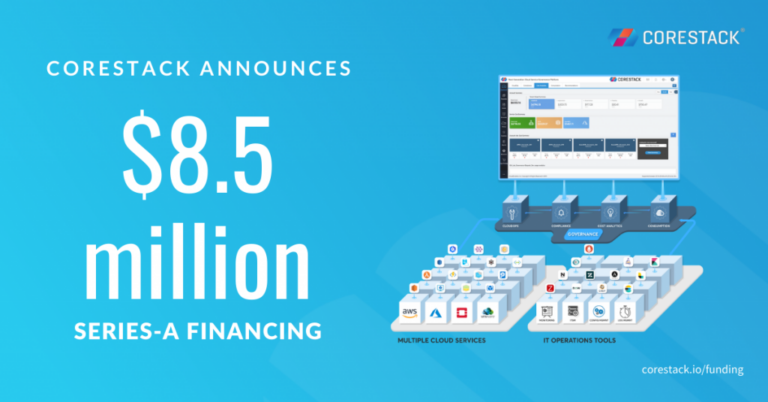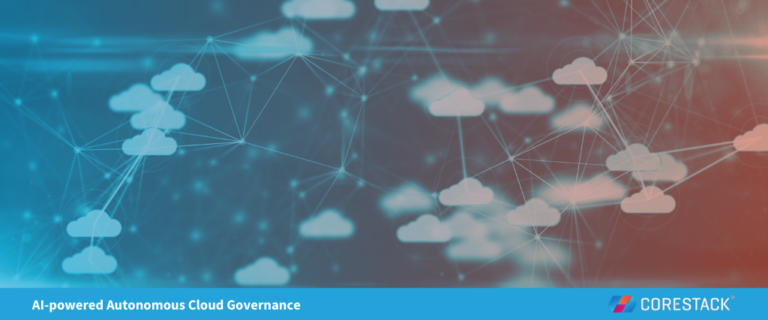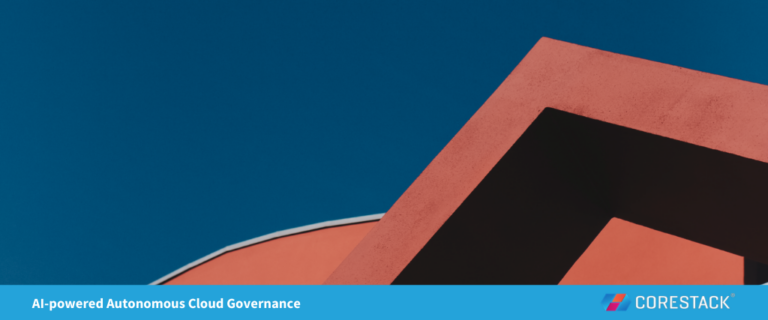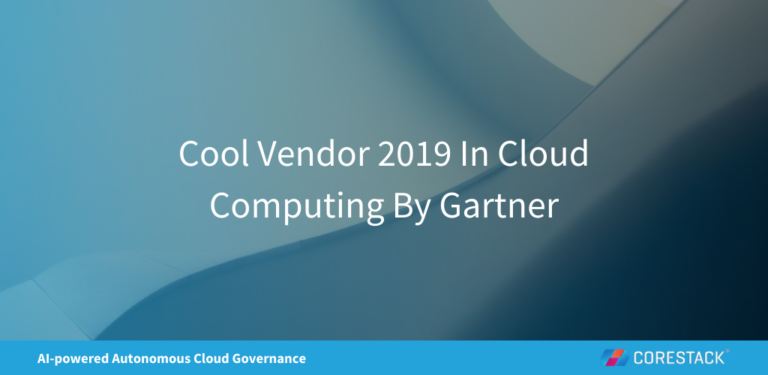Modernizing Digital Landscape with Cloud Adoption Journey
Cloud adoption is the process of migrating applications from enterprise on-premises servers to cloud infrastructure. Scaling up or down with on-premises infrastructure requires sourcing, provisioning, and maintaining hardware and software “in house.” Cloud adoption streamlines the process by providing businesses with ready access to computing resources.
Cloud adoption offers multiple benefits to businesses, including:
- Scalability
- Cost reduction
- Right-sized resources
- Increased security
- Flexibility
Assessing cloud readiness is a crucial aspect of the cloud adoption journey, as are the steps that come after the initial assessment. This article will explore the keys to a successful cloud adoption journey in detail, including preparedness, strategy, migration of applications, and post-migration enhancements.
Summary of key cloud adoption journey concepts
The table below summarizes the pathway to cloud adoption that will be explored further in this article.
| Concept | Summary |
|---|---|
| Need for cloud adoption | Identify the need to migrate applications to the cloud or change the underlying infrastructure (from on-prem servers to cloud) and understand the feasibility of it |
| Cloud adoption preparedness | Accessing existing infrastructure and application dependencies, identifying risks and challenges of migration |
| Developing a cloud migration strategy | Defining the scope of migration, selecting the cloud provider and cloud services, and developing a roadmap for implementation |
| Planning and architecting cloud environment | Designing network architecture and identifying the resources and their capacities |
| Migration of applications and data | Planning the migration, executing it, and testing the components afterward |
| Post-migration assessment and optimization | Monitoring and optimizing cloud resources |
The cloud adoption journey end-to-end
Cloud adoption includes well-defined steps organizations undertake to transition their IT infrastructure and applications to cloud-based solutions. The success of cloud adoption depends on the effective planning of each phase, from identifying the need to migrate to post-migration optimization.
The cloud adoption journey.
Cloud adoption journey step 1: Identify business needs
This phase involves identifying the business's need to migrate to the cloud and performing an initial feasibility study. Cloud migration should be a solution to an existing business problem. For example, a cloud migration might help an organization control costs, speed up time to market, or simplify infrastructure management.
However, cloud migration may not be the right option for all applications. It is essential to do a feasibility study identifying the key advantages and disadvantages of moving applications to the cloud. Depending on the outcome of this phase, the organization should proceed with adoption or seek on-prem improvements to resolve the root cause of the problem.
Cloud adoption journey step 2: Evaluate your preparedness
Evaluating readiness for cloud migration includes evaluating existing architecture and IT capabilities and identifying infrastructure and software dependencies and skills gaps. Carefully study all the features of the applications, assess the workloads, and categorize them as:
- No longer needed and can be retired (e.g, SaaS or low-code solutions can replace it or the functionality is no longer needed).
- Dependencies/ limitations would hinder migration to the cloud; needs to be kept on-premises.
- Meets the requirements to be migrated to the cloud.
It is recommended to shrink the infrastructure and application portfolio before, not after, cloud adoption. Setting goals and objectives and identifying potential risks assists organizations with developing a framework for migrations.
Cloud adoption journey step 3: Develop a cloud migration strategy
After evaluating readiness, developing a cloud migration strategy is essential before embarking on the rest of the journey. Organizations should categorize applications based on criticality and dependencies to prioritize migration phases accordingly.
During this phase, teams should also identify regulatory and compliance requirements and the possible options while migrating to the cloud, as well as evaluating user management options. For example, some companies continue using on-prem directory services to manage permissions in the cloud and use services like Amazon Cognito and Amazon Identity Center for AWS cloud.
Also, selecting the right cloud model may impact the cloud migration's success. Organizations can use the following cloud models:
- Public cloud offers flexibility, cost-effectiveness, and easier scalability options, but it may have compliance and security limitations.
- Private clouds, on the other hand, may offer compliance and security options but are more cost-intensive and require more effort to scale.
- Hybrid cloud models include public and private cloud options to divide infrastructure across both clouds based on compliance, security, and other business requirements, enabling a balanced and flexible approach.
An overview of public vs private vs hybrid cloud. (Source)
Once the cloud model is selected, selecting a cloud service provider for the public and hybrid models is essential, depending on the services offered, pricing, and ease of use. For example, estimating costs for cloud usage can be crucial in finding the best overall value among cloud options.
Hosting options in the cloud and on-premise. (Source)
A cloud adoption roadmap should order milestones based on application criticality, migration complexity, and budget. It is often recommended to start with the easy-to-move applications first and then leave the more challenging applications for later. This allows you to revise your strategy and benefit from “easy wins.” Hard-to-move examples could be high business impact workloads, high I/O systems, or regulated information processing.
Cloud adoption journey step 4: Plan and architect the cloud environment
After finalizing the cloud migration strategy, we plan and architect the cloud environment for workloads. We need to design the infrastructure and the capabilities required for the applications to be migrated from on-premise servers to the cloud. In simple terms, we can say that we are building servers in the cloud for the applications to be hosted. The following sections discuss the network architecture and design of the cloud environments and the essential compliance measures related to network architecture.
Designing network architecture in the cloud
Network architecture design is about designing the underlying resources (e.g., servers) in the cloud to host the applications on them in the later stage. Why do we need to design resources in the cloud? Because we have plenty of options in the cloud based on our requirements. For example, an application's database can be hosted on RDS databases, DocumentDB, or DynamoDB in the Amazon cloud. Depending on your cloud provider, you can choose from the available services to host the applications.
An example of multi-region and highly available network design in the cloud ( e.g., for hospital needs). (Source)
The following checklist details important considerations for designing network architecture.
- Determine the required cloud resources and capacity. Analyze the resource demands of each workload, such as CPU, memory, storage, and network requirements. Also, evaluate the varying requirements and peak usage periods.
- Plan for scalability to accommodate the increase in the workload and ensure a seamless user experience. Add auto-scaling groups and load balancers in the network architecture to deal with scaling requirements.
- Evaluate the data storage requirements, including capacity and type of storage. Plan for data backup to ensure durability and business continuity.
- Create a disaster recovery strategy. A disaster recovery strategy is essential for business continuity. Organizations should ensure that their strategy considers their architecture and storage options.
- Use logical isolation to improve security posture. Implement network segmentation and security zones to logically separate resources.
- Reduce latency between on-premises infrastructure and the cloud. Establish network connectivity between on-premises infrastructure and the cloud environment, ensuring adequate bandwidth, low latency, and reliable network connectivity for optimal performance.
Security and compliance measures for cloud resources
Every organization has unique security and compliance requirements. When hosting an application in the cloud, ensuring the underlying resources meet our security and compliance requirements is essential.
The checklist below details key security and compliance considerations during a cloud adoption journey:
- Ensure incident readiness. Utilize virtual networks, subnets, and security groups to create isolated security zones. Implement security groups and access controls to allow access only from authorized users and applications.
- Enforce the principle of least privilege. Implement least privileged identity and access management (IAM) in the cloud to keep data and workloads secure from unauthorized access. Implement multi-factor authentication (MFA) and role-based access controls (RBAC).
- Leverage security tools. Use firewalls, host-based anti-viruses, and cloud-based threat detection solutions to detect and respond to incidents.
- Encrypt data to keep it confidential. Ensure data confidentiality by using encryption at rest and in transit.
- Enable logging and traceability where possible. Integrate existing systems like Active Directory with the cloud environment for access control across the organization.
- Prioritize disaster recovery. Have a disaster recovery and business continuity plan in place.
Cloud adoption journey step 5: Migrate applications and data
After an organization defines its architecture, it can migrate workloads and data to the cloud. The sections below detail the essential aspects of the migration phase of a cloud adoption journey.
Define a migration approach
The migration approach can vary based on the application characteristics, complexity, and business goals. Two common methods for migration are “lift and shift” and “re-architecting.”
Lift and shift involves migration from the application to the cloud with minimal modifications. This approach offers a comparatively quicker migration but may not use the most effective cloud capabilities. It is suitable for applications with few dependencies and no major hindrances in adopting the target cloud platform.
While re-architecting involves redesigning the applications to utilize cloud capabilities, it allows for scalability, resilience, and improved cost efficiency. Re-architecting is more complex than lift and shift. Typically re-architecting is required when lift and shift is impractical.
Steps for workload migration
Once the migration approach is selected and the dependencies have been carefully understood and sorted, workloads can be migrated in steps to ensure minimum disruption and maximum availability.
Workload migration can be split into two categories:
- Application migration
- Data migration
Depending on the amount of data and the time to make it available in the cloud, data can be migrated in bulk, streamed, or sent via incremental sync. After the data has been fully migrated, teams can begin data validation to check data integrity.
Dependencies and considerations for migration
Depending on your specific needs, consider data encryption, compression, and backup practices during the migration process. For some cloud services, you may be required to set up infrastructure and networking components in the target cloud environment for application migration. Migrate application components while considering dependencies and sequencing. Monitor the migration process closely, addressing any issues or errors promptly.
Post-migration testing
After the application is migrated, teams can run functional, load, security, and compliance testing to ensure the application's adherence to requirements.
Cloud adoption journey step 5: Post-migration assessment and optimization
Organizations must assess workloads after they have been migrated to the cloud to ensure they function as expected and meet business requirements. It’s likely assessments will uncover the need for optimizations and changes. The sections below explain important steps for the post-migration assessment and optimization stage.
Implement metric monitoring
Implement post-migration monitoring to ensure rapid detection of and timely response to deviations. Here are three ways to implement effective metric monitoring:
- Use cloud-native applications for application metric monitoring.
- Set up alarms to identify suboptimal performance and respond.
- Optimize applications to reduce metric deviations.
Implement governance
Ensure consistent FinOps, SecOps, and DevOps operations. The cloud governance checklist below can help organizations get cloud governance right:
- Implement automation and DevOps practices to reduce errors and effort. The right platforms and tooling can help automate effective governance. For example, CoreStack provides comprehensive FinOps, SecOps, and CloudOps capabilities that can help teams govern cloud operations.
- Design for resilience. Design and restructure workloads to ensure repeatability and disaster recovery in case of failures.
- Perform regular backups. Ensure periodic data backup for the application’s data and disaster recovery plans to recover from unforeseen events.
- Have an incident response plan. Ensure a well-formed incident readiness state to ensure the execution of incident response plans in case of data breaches or malicious activities.
Recommendations to ensure your cloud adoption journey is successful
The recommendations below can guide organizations in successfully migrating their applications to the cloud.
Plan effectively
Detailed planning before the actual migration is a critical success element in cloud adoption. It is recommended that you plan and architect the network considering all the business requirements. You may also use cloud adoption frameworks to guide your adoption journey (e.g., for Amazon see here).
Rack up easy wins to build momentum
Cloud adoption is a broad topic, and there is a lot an organization could do in the cloud. However, for organizations early in the cloud adoption journey, it can be important to demonstrate value early. Look for easy wins that can help test your strategy and prove the value of the cloud. As a result, cloud initiatives are more likely to gain buy-in throughout the organization.
Continuously optimize
After migration, continuously re-evaluate the cloud-native options available and adopt the most suitable cloud-native capabilities, ensuring cost-effectiveness, efficiency, scalability, and security. For example, based on the available cloud computing options, you may adopt different computing options based on your changing needs. Consider utilizing third-party tools such as CoreStack for post-migration DevOps and SecOps optimization.
|
Platform
|
Provisioning Automation |
Security Management |
Cost Management |
Regulatory Compliance |
Powered by Artificial Intelligence |
Native Hybrid Cloud Support
|
|---|---|---|---|---|---|---|
|
Cloud Native Tools |
✔
|
✔
|
✔
|
|||
|
CoreStack
|
✔
|
✔
|
✔
|
✔
|
✔
|
✔
|
Summary
Migrating applications and data to the cloud is a significant endeavor that requires careful planning, execution, and validation. Organizations can achieve a seamless and successful migration by assessing dependencies, choosing suitable cloud options, designing an effective migration plan, and testing and validating applications and data.
Following these guidelines throughout the cloud adoption journey can help organizations leverage the scalability, flexibility, and cost-efficiency of the cloud while meeting the security and compliance requirements of the organization.
Once you have adopted the cloud, platforms like CoreStack can help manage cloud infrastructure and get the most out of your cloud investments.

